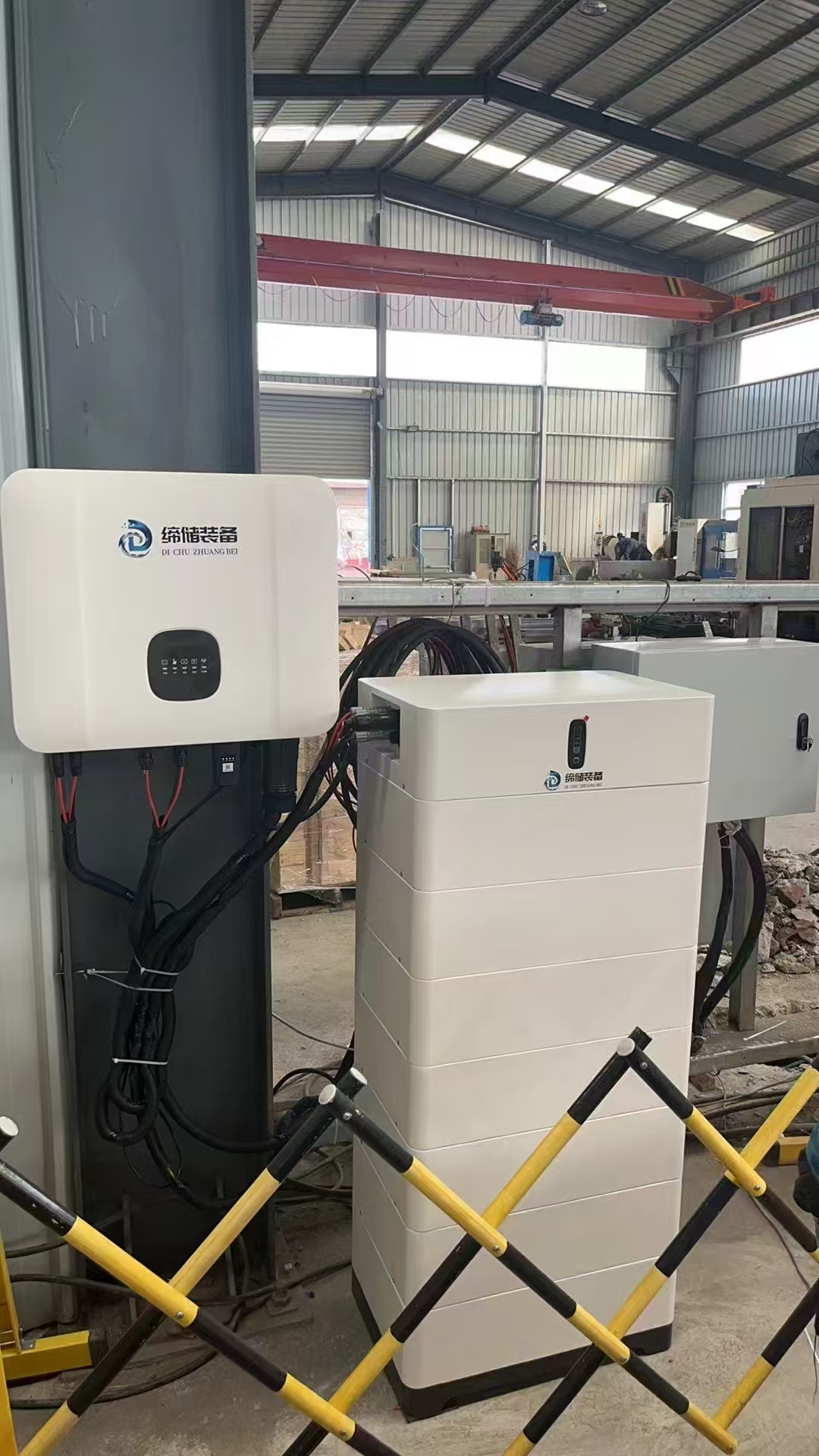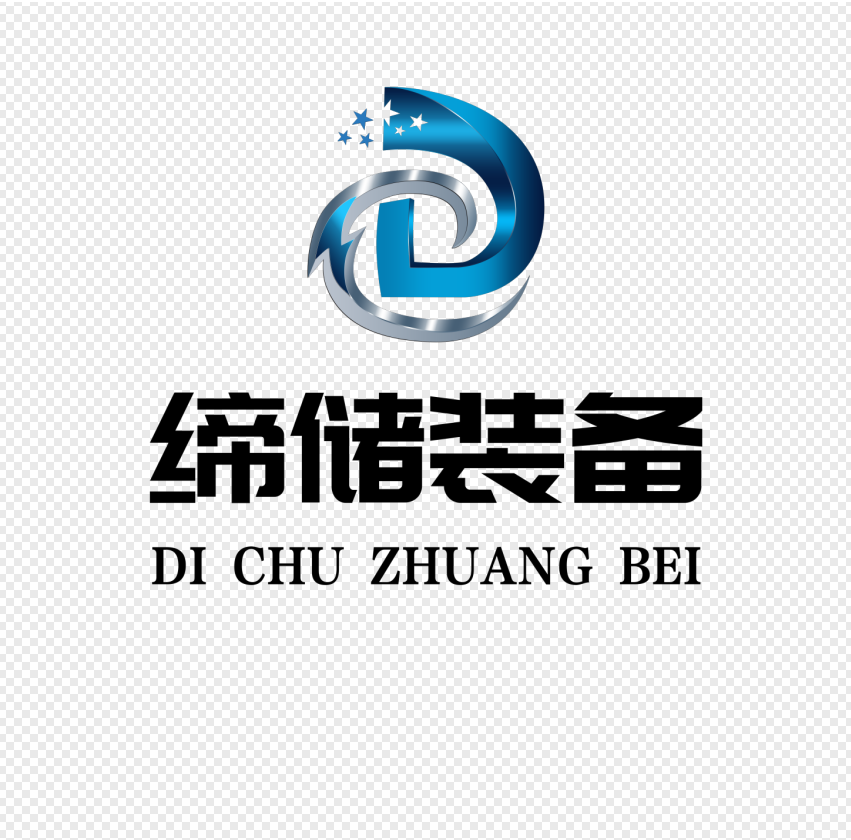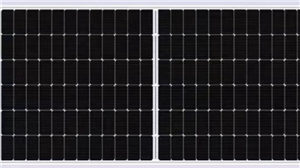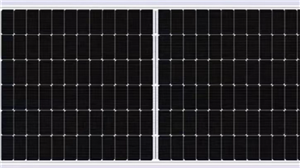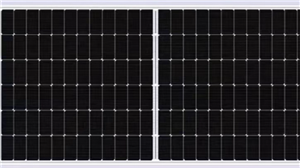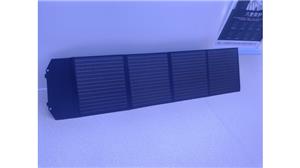energy storage battery
1、 Core components: Four key components
The household storage system is not a single device, but consists of four core parts: energy storage battery, inverter, BMS (battery management system), monitoring and control unit, and auxiliary accessories (such as cables and brackets). Each component works together to achieve the storage, conversion, and management of electrical energy.
Component Name Core Function Technical Features
The mainstream core carrier for energy storage in energy storage batteries is lithium-ion batteries (such as lithium iron phosphate, which has high safety and long cycle life); The capacity is usually 5-20kWh and can be expanded as needed
Inverter energy conversion (core component) - DC to AC (DC-AC): converts the DC stored in the battery/the DC generated by photovoltaics into 220V AC power that can be used in households
-Partial bidirectional function (can be connected to the power grid to achieve "grid connected charging and discharging")
BMS (Battery Management System) monitors battery voltage, current, and temperature in real-time for battery safety and performance control; Prevent overcharging/overdischarging/short circuit and extend battery life; Balance the capacity of a single battery cell
Monitoring and control unit system operation visualization and scheduling support remote monitoring on mobile APP/computer (such as remaining power, charging and discharging power, power consumption details); Can set charging and discharging strategies (such as "peak valley arbitrage" and "photovoltaic priority self use")
2、 Core working principle: "charging storage discharging" three-stage cycle
The operation logic of the household storage system revolves around the collection, storage, and on-demand release of electrical energy. The specific process may vary slightly depending on whether it is equipped with photovoltaics and connected to the grid. The working principle of a typical scenario (photovoltaic+grid dual access) is as follows:
Charging stage: Obtain the source of electrical energy
Prioritize the use of photovoltaic power supply: During the day when there is sufficient sunlight, a portion of the direct current generated by household photovoltaic panels is directly used for household loads, while the excess is converted by inverters and stored in energy storage batteries;
Grid supplementary charging: If the photovoltaic power generation is insufficient (such as on cloudy days or at night), or if the user sets "valley charging" (during the low electricity price period of the grid, such as 00:00-08:00), the system can take power from the grid to charge the battery (with the support of a bidirectional inverter).
Energy storage stage: safe storage of electrical energy
BMS monitors the battery status in real-time to ensure that the battery stores electrical energy within a safe voltage and temperature range;
Batteries store electrical energy in the form of chemical energy to avoid energy waste (especially if excess photovoltaic power is not stored, it may be directly "discarded" or connected to the grid at a low price).
Discharge stage: Supply electrical energy as needed
Self use priority: During peak household electricity consumption periods (such as cooking in the evening or turning on air conditioning), if the photovoltaic power generation is insufficient, the system will prioritize releasing the stored energy from the battery and reduce the need to purchase electricity from the grid;
Peak valley arbitrage: During the "peak electricity period" of the power grid (high electricity prices, such as 18:00-22:00), battery power is used to replace grid power supply and reduce electricity costs;
Emergency power supply: In the event of a power outage, the system automatically switches to "off grid mode" and supplies power to critical household loads such as refrigerators, lighting, and routers through batteries, ensuring basic living needs.
3、 Mainstream type: classified by "grid connection method"
According to whether it is connected to the public power grid, household storage systems can be divided into grid connected, off grid connected, and grid connected/off grid bidirectional types, which are adapted to different household needs:
Type Core Features Adaptation Scenarios
Grid connected type can only be connected to the power grid for operation, and cannot work without the power grid; The main function is to "store excess photovoltaic electricity+peak valley arbitrage" for grid stability (such as urban households), with the core demand of reducing electricity bills and increasing photovoltaic self use rate
Off grid type does not connect to the power grid and relies entirely on photovoltaic+battery power supply; Supporting "photovoltaic panels+large capacity batteries" is required, and some areas with diesel generators have poor coverage of backup power grids (such as rural areas, mountainous areas, and villas), with the core requirement of "ensuring basic electricity supply"
Bidirectional (mainstream) can be connected to or disconnected from the grid: the grid operates in grid connected mode during normal operation, and automatically switches to off grid emergency power supply during power outages, balancing "electricity cost reduction" and "emergency power supply" (such as urban households and users with important electricity needs)
4、 Core advantage: Why do families need household savings?
Reduce electricity expenses: By implementing "valley electricity charging and peak electricity discharge" (arbitrage of peak valley electricity price difference), as well as "storing photovoltaic electricity for personal use and reducing the purchase of grid electricity", monthly electricity bills can be significantly reduced (especially in high electricity price areas, saving thousands of yuan annually).
Enhance electricity autonomy: In the event of a power outage (such as extreme weather or line faults), the bidirectional household storage can quickly switch to emergency power supply, ensuring the operation of key loads such as refrigerators, lighting, and medical equipment, and avoiding the impact on daily life.
Improving photovoltaic revenue: After installing photovoltaics in households, if excess electricity is directly connected to the grid, the revenue is only the "grid electricity price" (usually lower); By using household storage for personal use, it is equivalent to "replacing high priced grid electricity with low-priced photovoltaic electricity", resulting in higher profits.
Assist in energy and environmental protection: prioritize the use of photovoltaic (clean energy) power generation, reduce dependence on thermal power (fossil energy), lower household carbon emissions, and comply with the "dual carbon" trend.
5、 Industry Status and Development Trends
Market growth: In recent years, the global demand for household storage has exploded (especially in regions with high electricity prices and high photovoltaic penetration rates such as Europe, the United States, and Australia). As a core producer of household storage, China's shipment volume of household storage will increase by over 50% year-on-year in 2023.
Technological Trends:
Battery: Fully upgraded from "lead-acid battery" to "lithium iron phosphate battery" (with better safety and lifespan);
Integration: The system is evolving from "decentralized components" to "all-in-one machines" (such as "inverter+battery" integration, making installation more convenient);
Intelligence: Support AI scheduling (automatically optimize charging and discharging strategies based on electricity prices, photovoltaic power generation, and household electricity habits), and integrate with "smart home systems" (such as linkage with air conditioning and charging stations);
Policy support: China, the European Union, the United States, and other countries have introduced policies to encourage the development of household energy storage (such as subsidies for household energy storage in some regions of China, and the European Union's requirement for new residential buildings to be equipped with energy storage).
6、 Attention: Family selection and use
Capacity selection: Determine battery capacity based on daily household electricity consumption (such as 3-5 person household daily electricity consumption of approximately 10-15 kWh), photovoltaic installed capacity, and emergency needs (usually recommended as "1 day emergency electricity+photovoltaic surplus electricity storage", i.e. 5-15 kWh).
Installation requirements: A professional team is required for installation (involving circuit modification and grid registration). The battery should be placed in a ventilated, dry, and away from fire sources (such as balconies and garages) to avoid high temperature/humid environments.
The household storage system is not a single device, but consists of four core parts: energy storage battery, inverter, BMS (battery management system), monitoring and control unit, and auxiliary accessories (such as cables and brackets). Each component works together to achieve the storage, conversion, and management of electrical energy.
Component Name Core Function Technical Features
The mainstream core carrier for energy storage in energy storage batteries is lithium-ion batteries (such as lithium iron phosphate, which has high safety and long cycle life); The capacity is usually 5-20kWh and can be expanded as needed
Inverter energy conversion (core component) - DC to AC (DC-AC): converts the DC stored in the battery/the DC generated by photovoltaics into 220V AC power that can be used in households
-Partial bidirectional function (can be connected to the power grid to achieve "grid connected charging and discharging")
BMS (Battery Management System) monitors battery voltage, current, and temperature in real-time for battery safety and performance control; Prevent overcharging/overdischarging/short circuit and extend battery life; Balance the capacity of a single battery cell
Monitoring and control unit system operation visualization and scheduling support remote monitoring on mobile APP/computer (such as remaining power, charging and discharging power, power consumption details); Can set charging and discharging strategies (such as "peak valley arbitrage" and "photovoltaic priority self use")
2、 Core working principle: "charging storage discharging" three-stage cycle
The operation logic of the household storage system revolves around the collection, storage, and on-demand release of electrical energy. The specific process may vary slightly depending on whether it is equipped with photovoltaics and connected to the grid. The working principle of a typical scenario (photovoltaic+grid dual access) is as follows:
Charging stage: Obtain the source of electrical energy
Prioritize the use of photovoltaic power supply: During the day when there is sufficient sunlight, a portion of the direct current generated by household photovoltaic panels is directly used for household loads, while the excess is converted by inverters and stored in energy storage batteries;
Grid supplementary charging: If the photovoltaic power generation is insufficient (such as on cloudy days or at night), or if the user sets "valley charging" (during the low electricity price period of the grid, such as 00:00-08:00), the system can take power from the grid to charge the battery (with the support of a bidirectional inverter).
Energy storage stage: safe storage of electrical energy
BMS monitors the battery status in real-time to ensure that the battery stores electrical energy within a safe voltage and temperature range;
Batteries store electrical energy in the form of chemical energy to avoid energy waste (especially if excess photovoltaic power is not stored, it may be directly "discarded" or connected to the grid at a low price).
Discharge stage: Supply electrical energy as needed
Self use priority: During peak household electricity consumption periods (such as cooking in the evening or turning on air conditioning), if the photovoltaic power generation is insufficient, the system will prioritize releasing the stored energy from the battery and reduce the need to purchase electricity from the grid;
Peak valley arbitrage: During the "peak electricity period" of the power grid (high electricity prices, such as 18:00-22:00), battery power is used to replace grid power supply and reduce electricity costs;
Emergency power supply: In the event of a power outage, the system automatically switches to "off grid mode" and supplies power to critical household loads such as refrigerators, lighting, and routers through batteries, ensuring basic living needs.
3、 Mainstream type: classified by "grid connection method"
According to whether it is connected to the public power grid, household storage systems can be divided into grid connected, off grid connected, and grid connected/off grid bidirectional types, which are adapted to different household needs:
Type Core Features Adaptation Scenarios
Grid connected type can only be connected to the power grid for operation, and cannot work without the power grid; The main function is to "store excess photovoltaic electricity+peak valley arbitrage" for grid stability (such as urban households), with the core demand of reducing electricity bills and increasing photovoltaic self use rate
Off grid type does not connect to the power grid and relies entirely on photovoltaic+battery power supply; Supporting "photovoltaic panels+large capacity batteries" is required, and some areas with diesel generators have poor coverage of backup power grids (such as rural areas, mountainous areas, and villas), with the core requirement of "ensuring basic electricity supply"
Bidirectional (mainstream) can be connected to or disconnected from the grid: the grid operates in grid connected mode during normal operation, and automatically switches to off grid emergency power supply during power outages, balancing "electricity cost reduction" and "emergency power supply" (such as urban households and users with important electricity needs)
4、 Core advantage: Why do families need household savings?
Reduce electricity expenses: By implementing "valley electricity charging and peak electricity discharge" (arbitrage of peak valley electricity price difference), as well as "storing photovoltaic electricity for personal use and reducing the purchase of grid electricity", monthly electricity bills can be significantly reduced (especially in high electricity price areas, saving thousands of yuan annually).
Enhance electricity autonomy: In the event of a power outage (such as extreme weather or line faults), the bidirectional household storage can quickly switch to emergency power supply, ensuring the operation of key loads such as refrigerators, lighting, and medical equipment, and avoiding the impact on daily life.
Improving photovoltaic revenue: After installing photovoltaics in households, if excess electricity is directly connected to the grid, the revenue is only the "grid electricity price" (usually lower); By using household storage for personal use, it is equivalent to "replacing high priced grid electricity with low-priced photovoltaic electricity", resulting in higher profits.
Assist in energy and environmental protection: prioritize the use of photovoltaic (clean energy) power generation, reduce dependence on thermal power (fossil energy), lower household carbon emissions, and comply with the "dual carbon" trend.
5、 Industry Status and Development Trends
Market growth: In recent years, the global demand for household storage has exploded (especially in regions with high electricity prices and high photovoltaic penetration rates such as Europe, the United States, and Australia). As a core producer of household storage, China's shipment volume of household storage will increase by over 50% year-on-year in 2023.
Technological Trends:
Battery: Fully upgraded from "lead-acid battery" to "lithium iron phosphate battery" (with better safety and lifespan);
Integration: The system is evolving from "decentralized components" to "all-in-one machines" (such as "inverter+battery" integration, making installation more convenient);
Intelligence: Support AI scheduling (automatically optimize charging and discharging strategies based on electricity prices, photovoltaic power generation, and household electricity habits), and integrate with "smart home systems" (such as linkage with air conditioning and charging stations);
Policy support: China, the European Union, the United States, and other countries have introduced policies to encourage the development of household energy storage (such as subsidies for household energy storage in some regions of China, and the European Union's requirement for new residential buildings to be equipped with energy storage).
6、 Attention: Family selection and use
Capacity selection: Determine battery capacity based on daily household electricity consumption (such as 3-5 person household daily electricity consumption of approximately 10-15 kWh), photovoltaic installed capacity, and emergency needs (usually recommended as "1 day emergency electricity+photovoltaic surplus electricity storage", i.e. 5-15 kWh).
Installation requirements: A professional team is required for installation (involving circuit modification and grid registration). The battery should be placed in a ventilated, dry, and away from fire sources (such as balconies and garages) to avoid high temperature/humid environments.
Maintenance cost: The cycle life of lithium iron phosphate batteries is about 3000-5000 times (normal use can meet 8-10 years), and there is no frequent maintenance cost in the later stage. Only regular checks of battery status are needed (which can be monitored through the APP).
